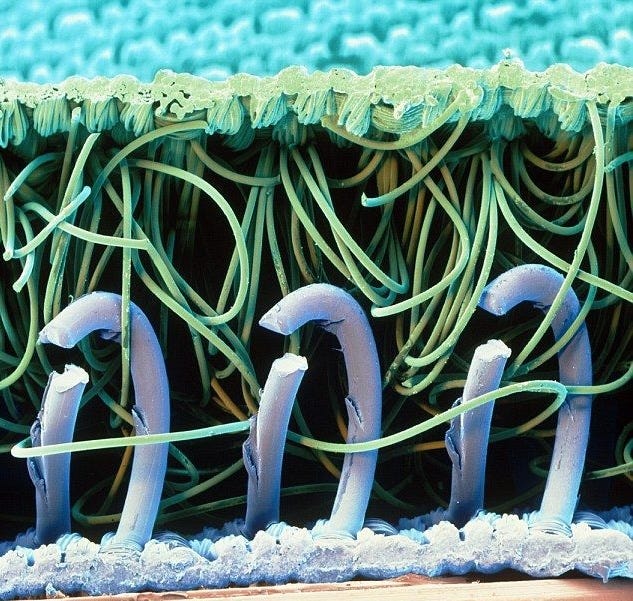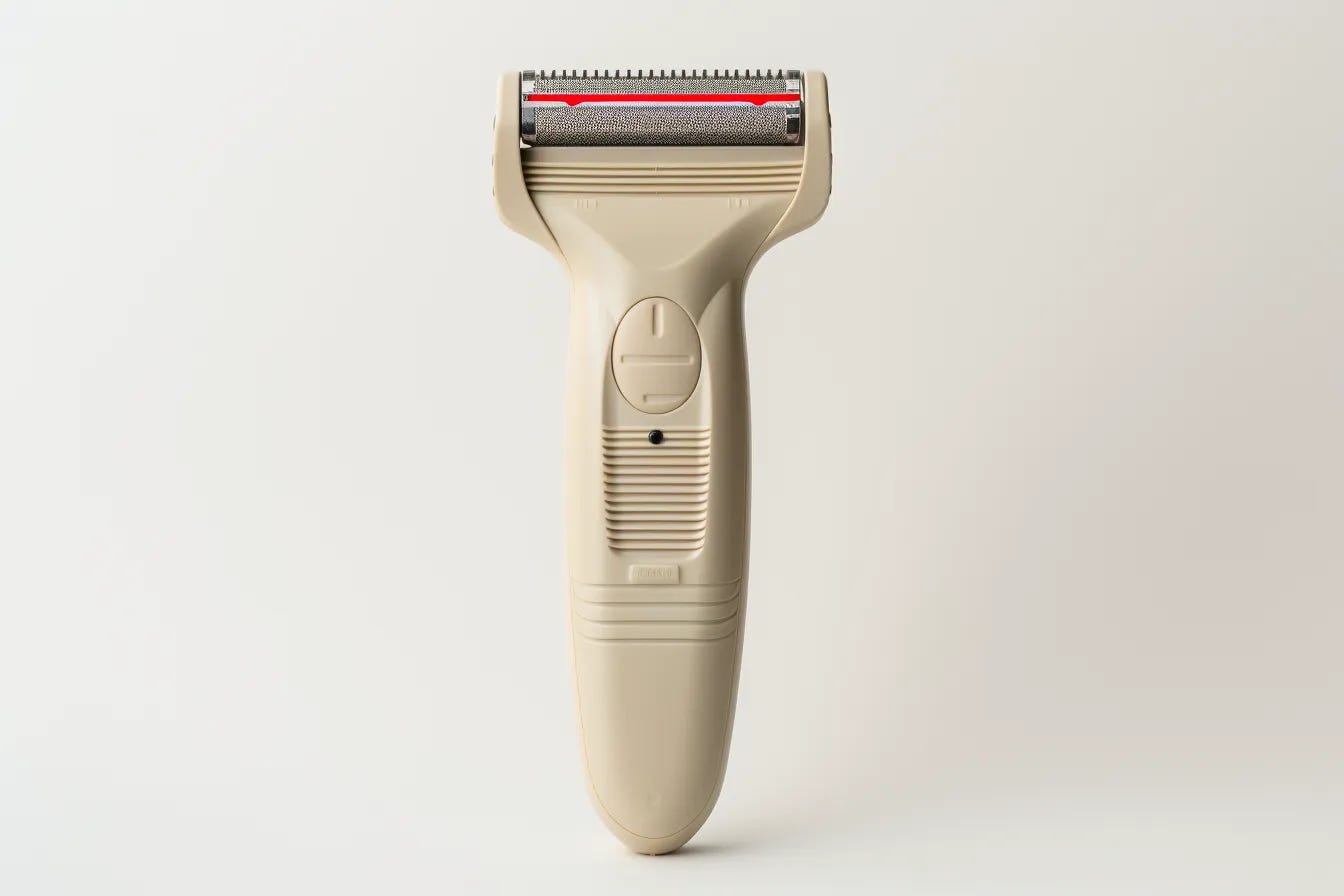#146 Questioning the question
Velcro, "frame-storming" and the unknown
The curiosity in this week’s edition of Design Lobster is on overdrive. We’re exploring how “frame-storming” can reinvigorate a tired old brainstorming session and uncovering the mysteries of Velcro. Dive in and learn how you can ask better questions this week…
Question: What is “frame-storming”?
Brainstorming (or mind-mapping if you prefer) doesn’t always feel like the creative activity it’s supposed to be. We’ve all sat through workshops with the timer ticking down desperately trying to come up with something interesting or original, only to end up with a set of ideas that feel… kind of derivative. All too often, we tell ourselves we just aren’t creative enough.
“Your answer is baked into your question.”
—Tina Seelig
Tina Seelig, who teaches innovation at Stanford makes a powerful case that our problem is not in fact a lack of creativity. What’s really going on is that we’re not paying close enough attention to how we’re framing the question we’re trying to solve. Her insight is that subtle differences in the language that we express the problem end up guiding us to particular kinds of solution.
To counter this, she encourages teams to spend time actively coming up with different ways of framing the problem they are trying to solve, before even starting to come up with ideas—an activity she catchily describes as “frame-storming”. As an example, just think of how reframing “reducing traffic” to “making commutes easy and enjoyable” opens up a whole wealth of different possibilities. The trick is finding a question that’s specific enough to the problem at hand whilst not being so specific that the solution is pre-ordained. Insights from research can really help here.
Being able to flip between different framings of a problem and explore the different solutions that each framing yields is, for me, the essence of creativity, and the joy of this technique is how it opens up a process that can feel like a black box and makes it available to all.
Design takeaway: How could you ask a different question to open up entirely new kinds of solutions?
❓Listen to Tina Seelig discuss frame-storming with Stanford Innovation Lab
Enjoying Design Lobster? Share it with a friend, colleague or fellow designer 🤲🦞
Object: Velcro
The apparently simple question "Why do burrs stick to clothing and fur?" led Swiss engineer George de Mestral to one of the defining inventions of the 20th century. Out walking his dog in 1941, he became absorbed by the question of how seed burrs were sticking so strongly to his pooch and rushed home to examine them under a microscope.
What he discovered was that the apparently straight spines on each burr were in fact shaped liked tiny hooks, and this discovery ignited a fourteen year quest to create and mass-produce an equivalent material artificially. His first attempts using cotton did not stand up to repeated use but by switching instead to heat-treated nylon and devising a new type of loom to weave the microscopically dense fibres he was at last able to reliably manufacture the new material.
He called the final patented material “Velcro”, a portmanteau of the French for velvet (velours) and hook (crochet). Each square inch of it contains as many as 300 tiny hooks giving it remarkable strength whilst remaining easy enough for a child to use fastening their shoes. The material gained notable publicity in the 60s when NASA used it for spacesuits and zero-gravity environments where it could effortlessly prevent equipment from flying around. Coasting on that space age glamour, Velcro and its many imitators have become ubiquitous, found in everything from athletic and outdoor apparel to artificial organs.
Design takeaway: What question has incited your curiosity recently and where could it take you?
🫧 In Design Lobster #69 we saw how insatiable curiosity also led to the invention of Bubble Wrap
Quote: “In over-explaining, there is always the risk of denying mysteries, of slowing down the tempo, of stifling the vibrations and excluding the unknown.”
– Ettore Sotsass
This quote comes from Deyan Sudjic’s biography of the most famous founder of Memphis – Ettore Sotsass and the Poetry of Things. Sotsass worked with George Nelson in the Herman Miller office in New York early in his career and this quote comes from an anecdote he shared about his time there. Sotsass was very impressed by the evocative but restrained way Nelson spoke to clients, giving them just enough information to be satisfied but still leaving the sense of there being tantalisingly more just under the surface.
Hope you ask some great questions this week,
Ben 🦞
And lastly, a design remix…
Enjoyed this week’s Design Lobster? Let me know by clicking the heart button ❤️
👇




